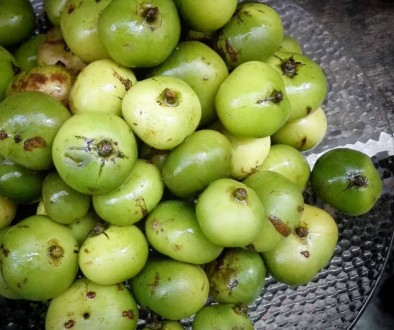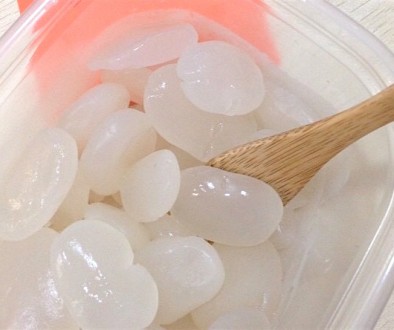Dayap

Dayap is the key lime familiar to Westerners, though few know that it’s actually a native plant of Southeast Asia.
Scientific name: Citrus aurantifolia (Christm.) Swingle
Yes, it’s the same fruit as what Americans call the key lime. It’s been theorized that its route of propagation was from the Indo-Malaya region to the the Middle East, then to North Africa, then to Sicily (southern Italy) and Andalucia (southern Spain), and then was brought by the Spanish explorers to the West Indies, and from there the plant reached the Florida Keys.
Note though that in recent centuries, the most favored sour citrus fruit in the Philippine Islands by a large margin has been the much smaller and rounder KALAMANSI, which has a thinner rind and a slightly more colorful pulp or juice sacs. It is also relatively easier for human fingers to extract juice from Kalamansi sliced into halves than it is from Limes. That’s why it’s common to find fresh calamansi fruits accompanying Filipino meals.
You will rarely find dayap at the dinner table. It can be processed into a preserve or a sweet or added to pastries and other baked products, but it’s not that common an ingredient in Philippine cuisine.
Paano gumawa ng matamis na dayap
Kumuha ng bagong pitas sa puno at ibabad sa tubig. Pagkatapos ay ilaga at haluing madalas.
Alisan ng laman, at pamuling ibabad sa tubig na makaapat na beses hahalinhan ng tubig sa isang araw hanggang maalis na maigi ang asim.
Matapos maisagawa ito, lagyan muli at kapag malambot na ay ilagay na sa arnibal at lutuin.


